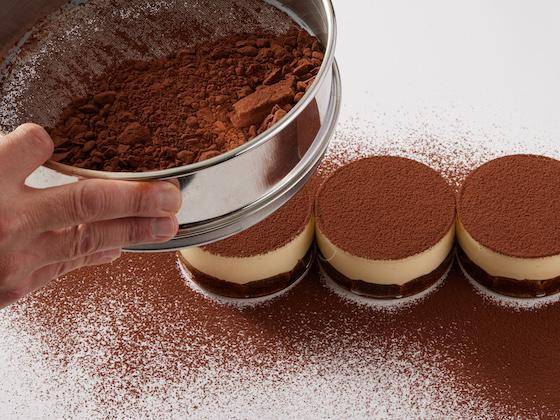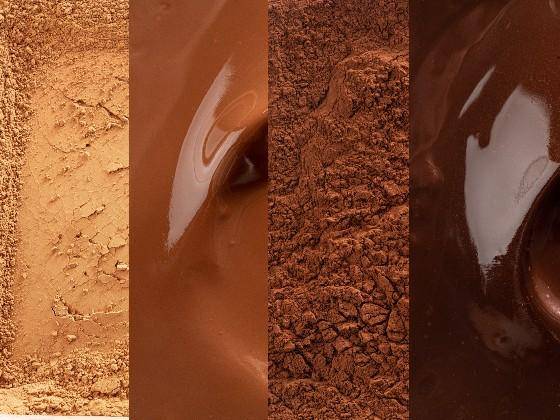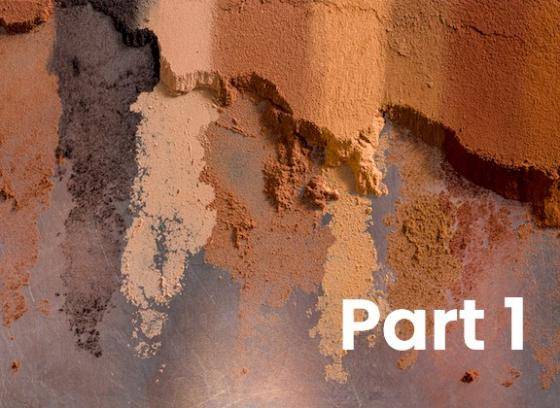Understanding the Differences Among Cacao Powders: Fat Content
Understanding the Differences Among Cacao Powders: Fat Content
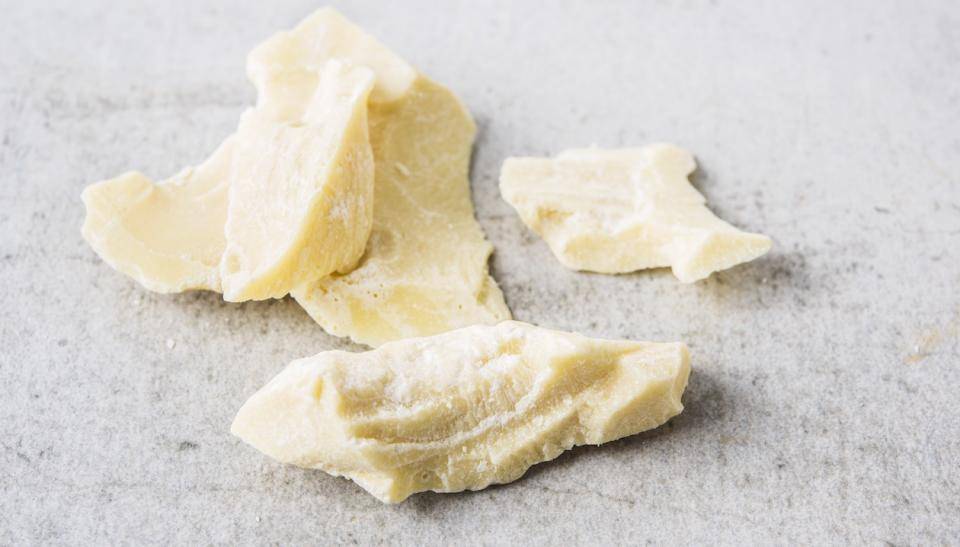
What Kind of Fat is Present in Cacao Powder?
Since cacao powder originates from the cocoa bean, the only type of fat found in cacao powder comes from cocoa butter, the same fat found in chocolate.
The fat content of a cacao powder is determined by the pressing time and pressure in the 5th stage of the cacao powder-making process. A longer pressing time or more pressure means more fat is pushed out of the cacao nibs, resulting in a cacao powder with less fat. The fat content of cacao powder can range from 0-24%.
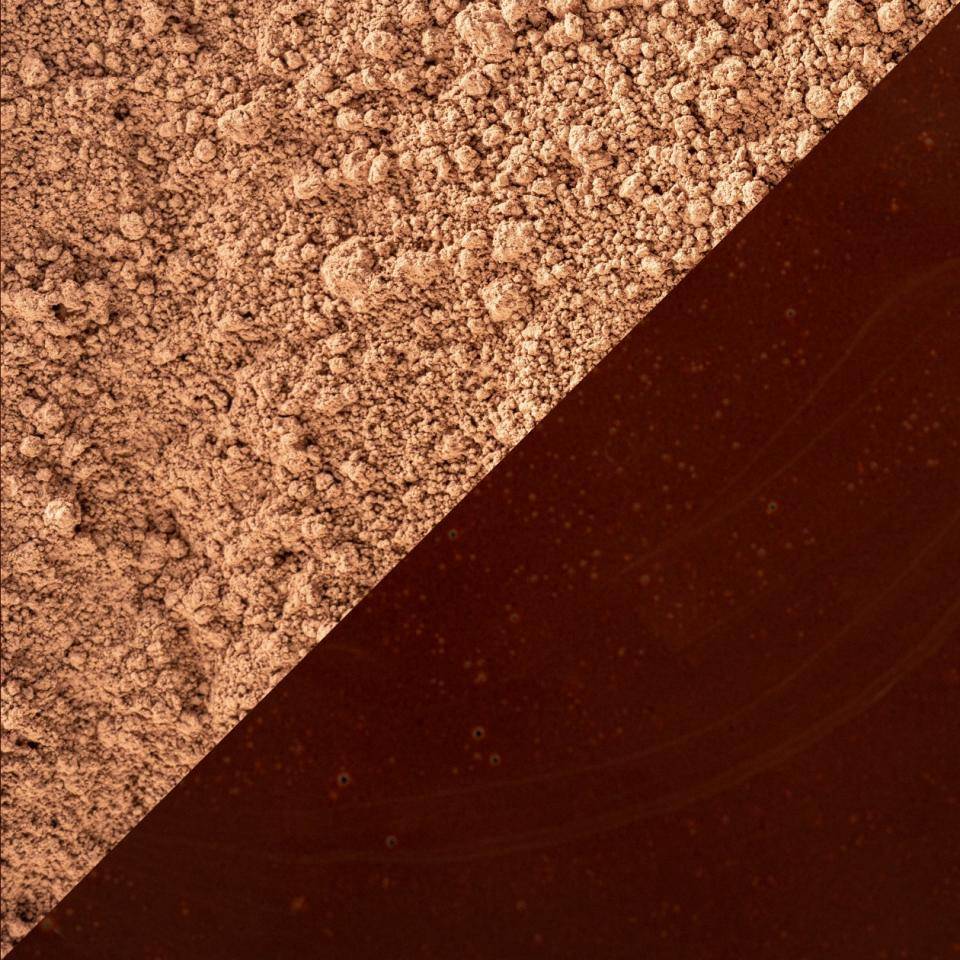
Here, Légére 1% Cacao Powder is shown both dry and wet. You can see that the intrinsic (wet) colour of the powder is much deeper and darker than the extrinsic (dry) colour. This is due to the relatively higher cocoa content of low-fat cacao powders.
How Does a Cacao Powder’s Fat Content Affect My Recipes?
Colour:
Cacao powders with a higher fat content have a darker colour when dry (extrinsic colour). However, when used in an application, high-fat cacao powders will appear lighter in colour in the finished product. This is because the fat crystals have now dissolved, leaving just the cacao solids to give colour to the product. Because high-fat powders have a lower cocoa content than low-fat powders, the colour is, therefore, lighter when wet than when it is dry.
Structure:
In recipes relying on whipped egg whites for lift (macarons, meringues, some mousses), a defatted cacao powder will result in greater batter volume and a much airier product.
Fat in other ingredients, like cacao powder, can bond with the proteins in egg whites, limiting their ability to bond with each other and create an air-trapping structure. Less fat equals better structure, which yields greater volume. Our chefs found that defatted cacao powder yielded an increase in batter volume in these applications of 20% or more!

Texture:
A lower fat content in a cacao powder means the powder will contain more starch (naturally occurring). Starch loves to absorb water, so low-fat cacao powders will yield products that are drier and crumblier than those made with high-fat cacao powders, which will be dense and fudgy. Think about the texture you desire in your end product - for fudgy brownies or moist sponges, you’ll likely want a higher-fat cacao powder. For light and airy meringues or crisp sablés, a lower-fat cacao powder can give the results you want.
In Gelato:
In products like gelato or ice cream, high-fat cacao powders offer less bitterness and a smoother texture. Combined with dairy in the recipe, they produce a wonderfully creamy texture.
Medium to High-Fat Content Cacao Powders
These Cacao powders have a fat content range from 20 - 24%

